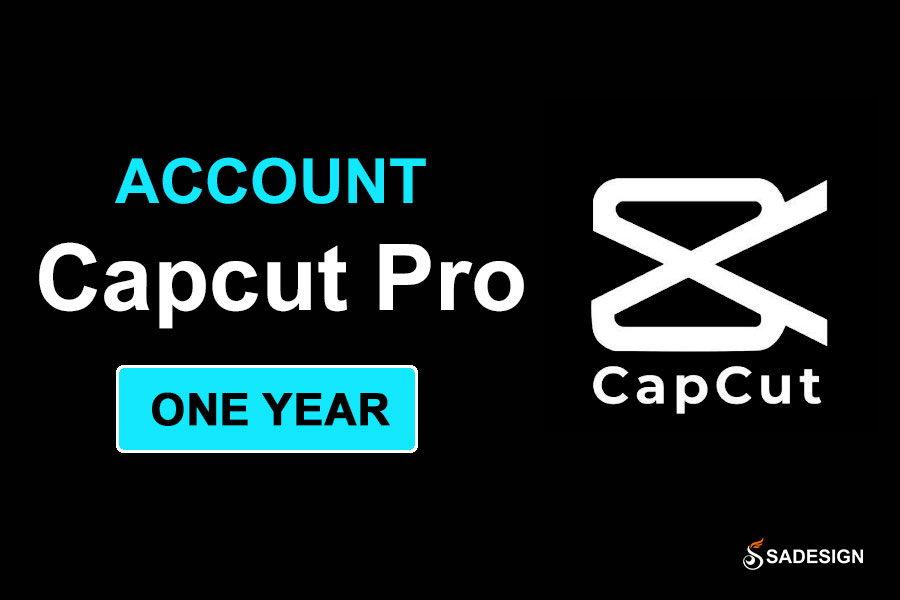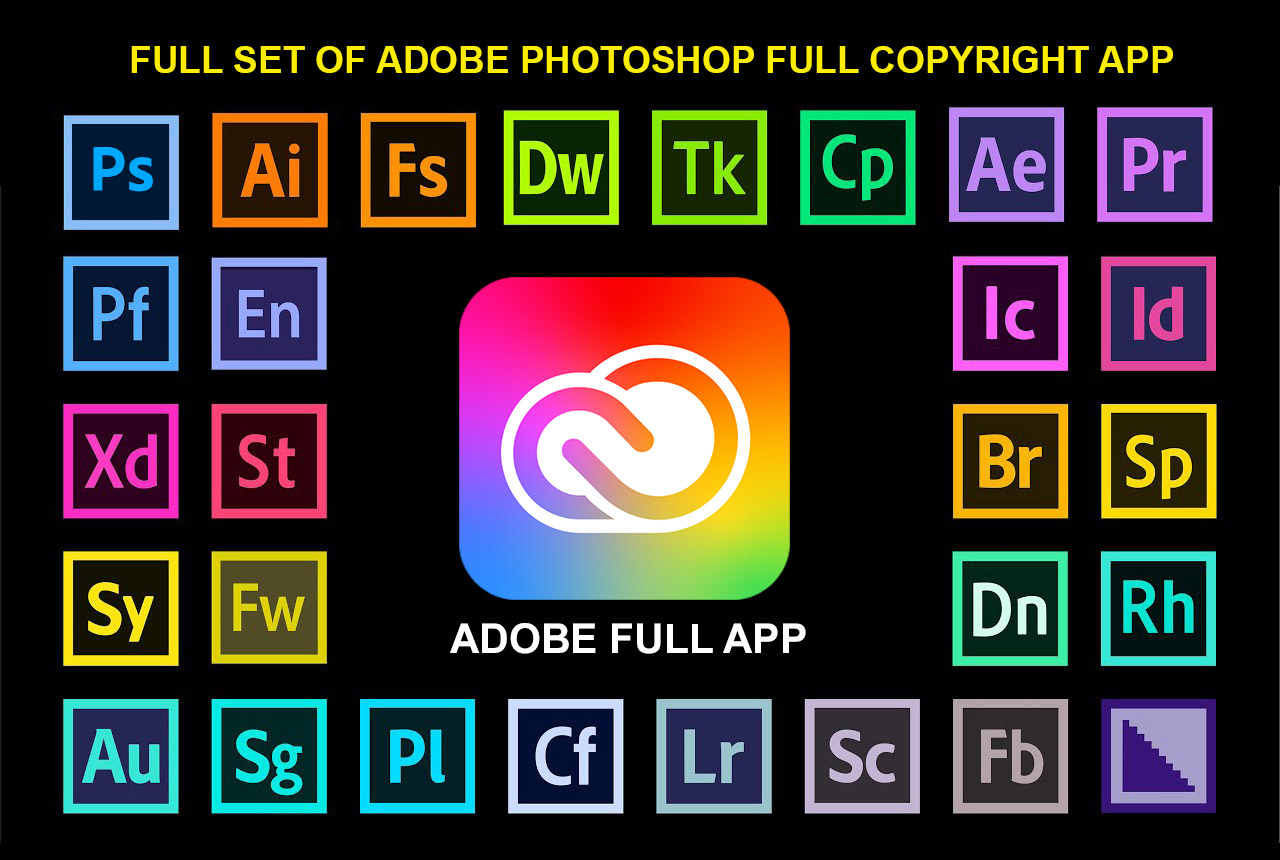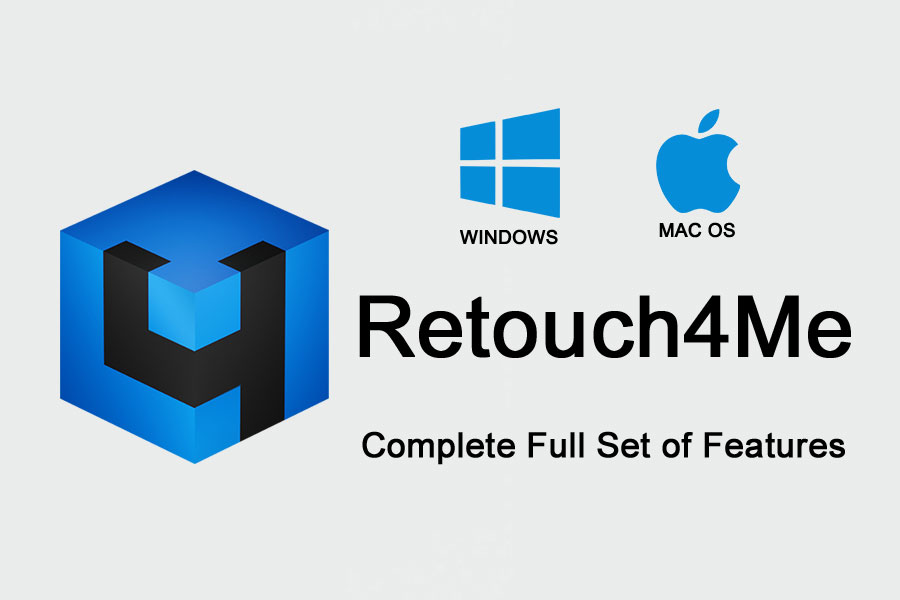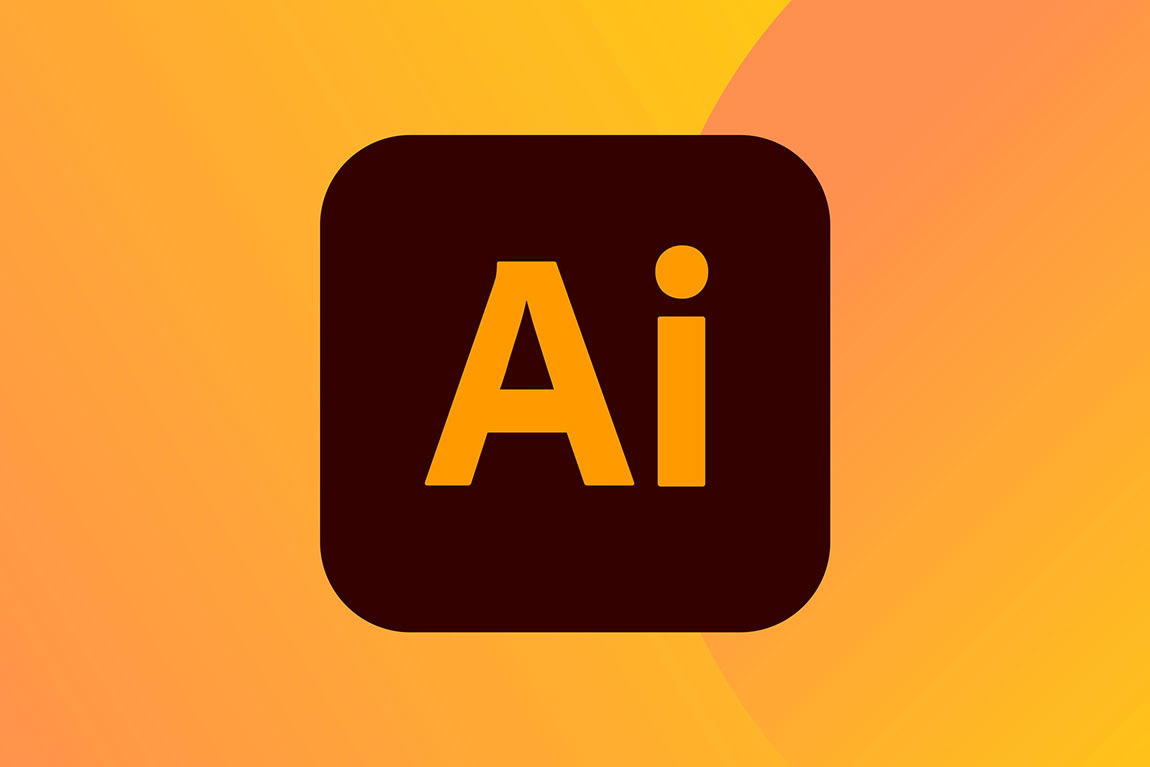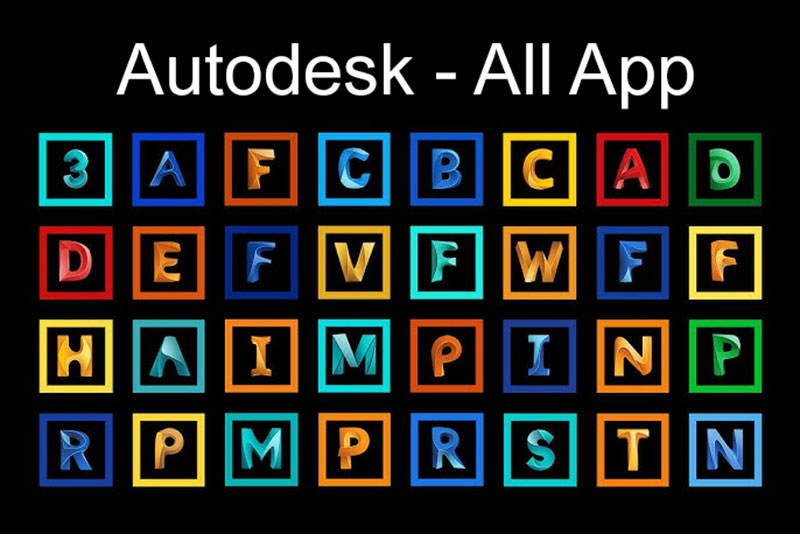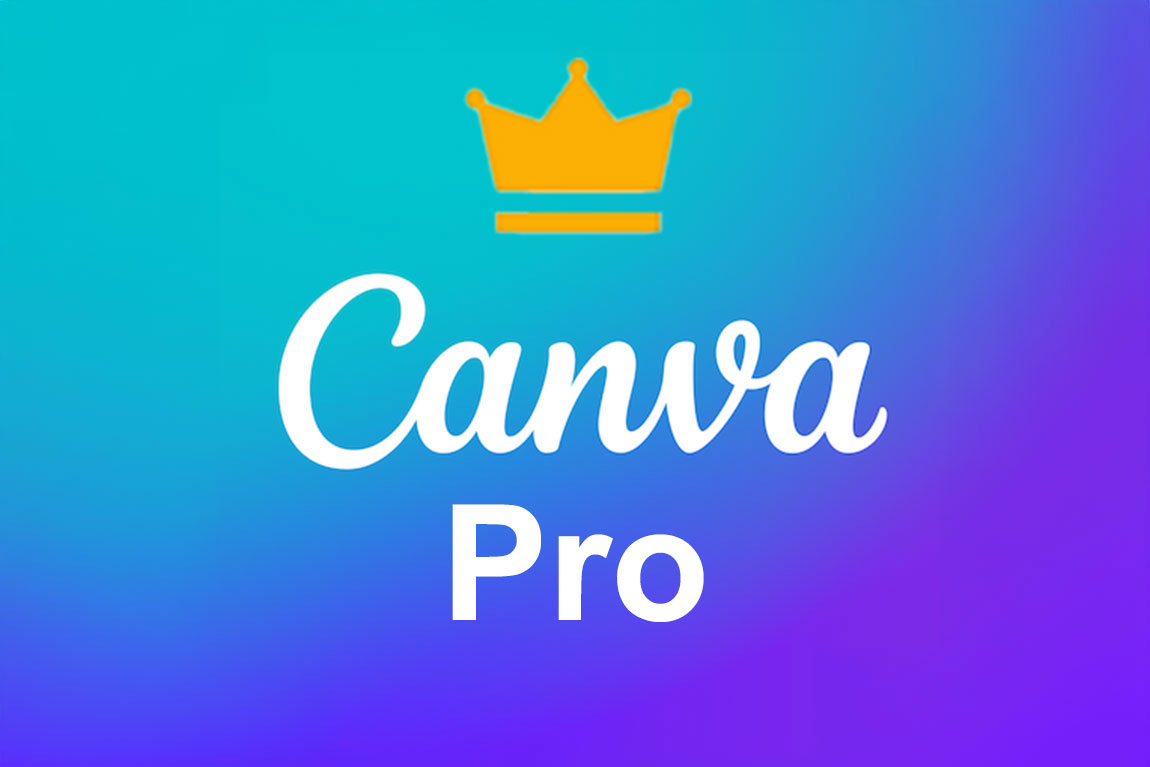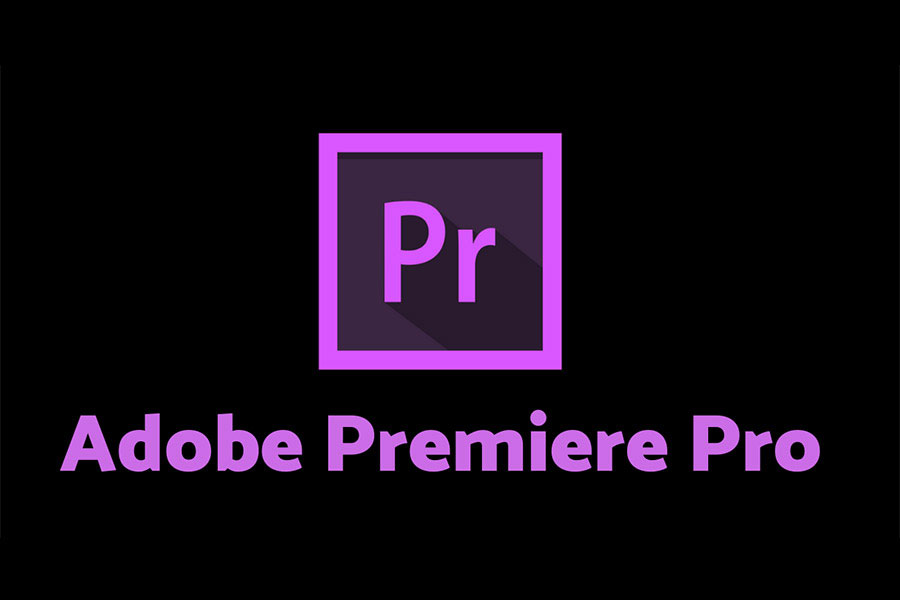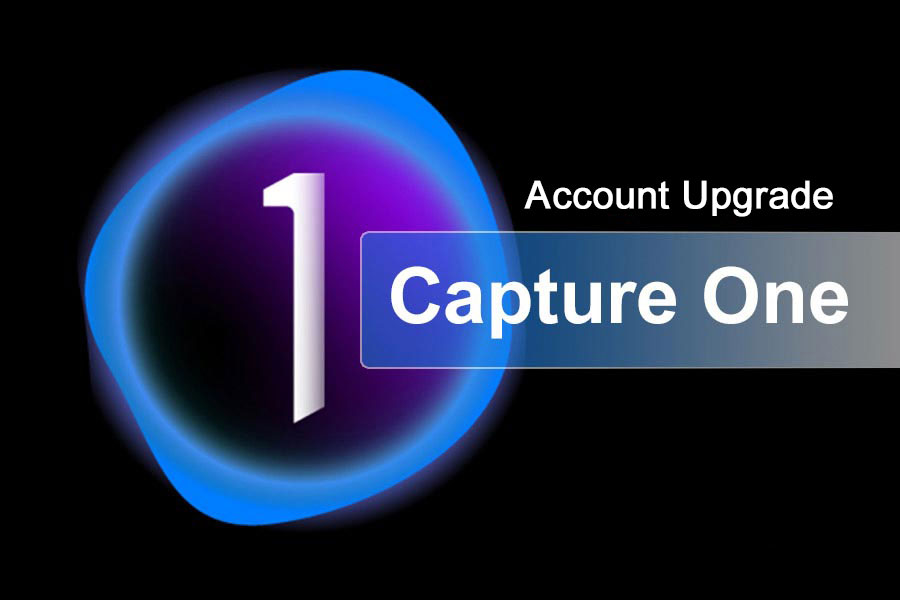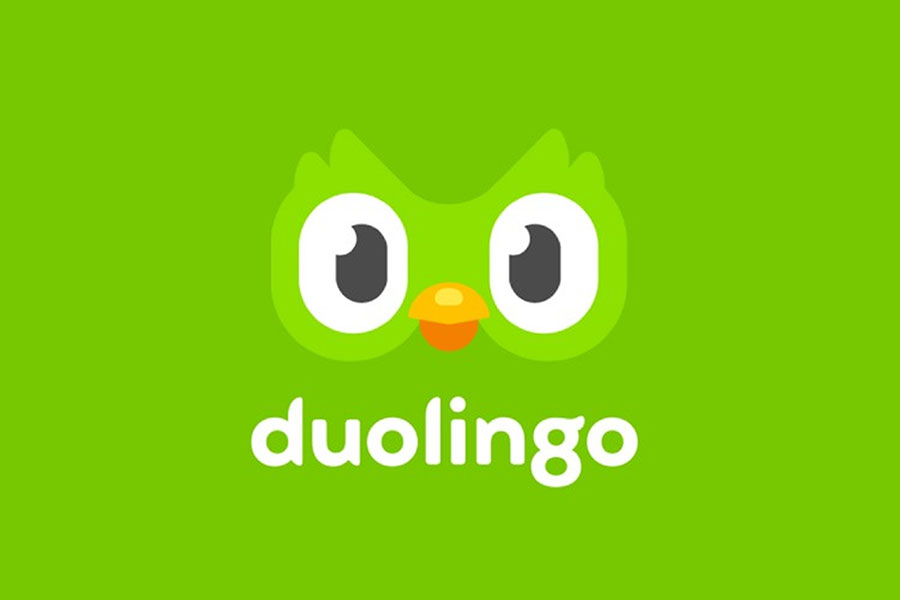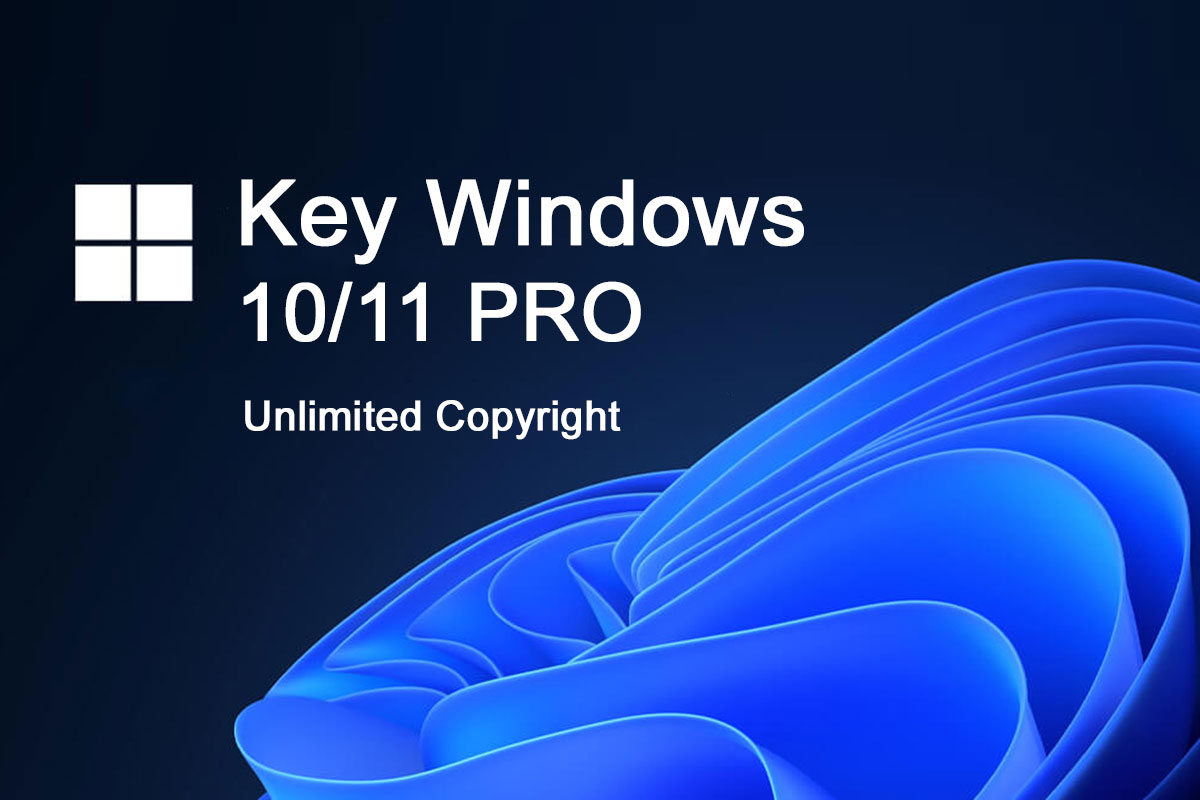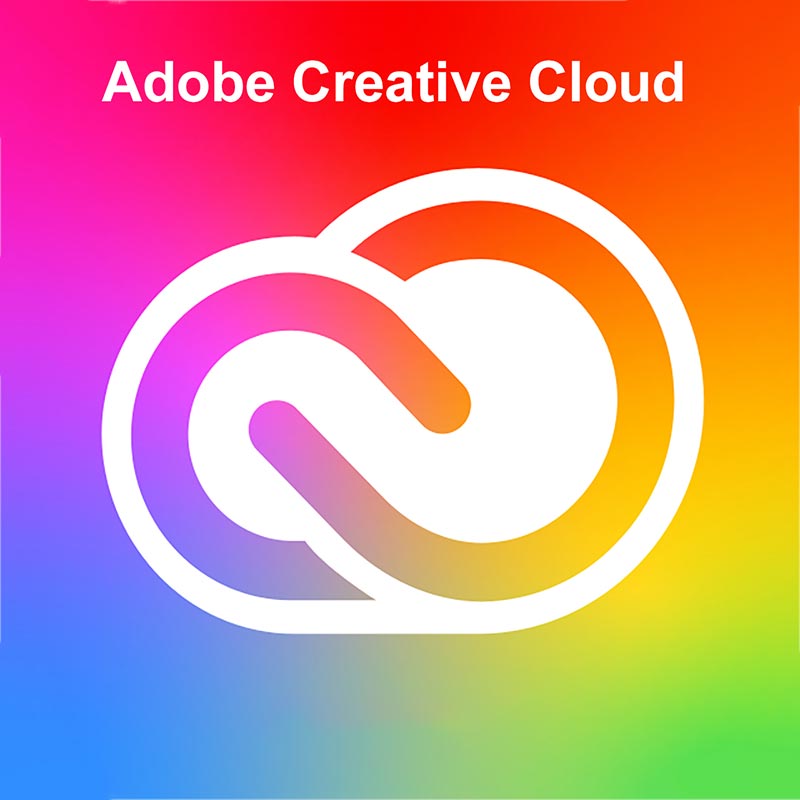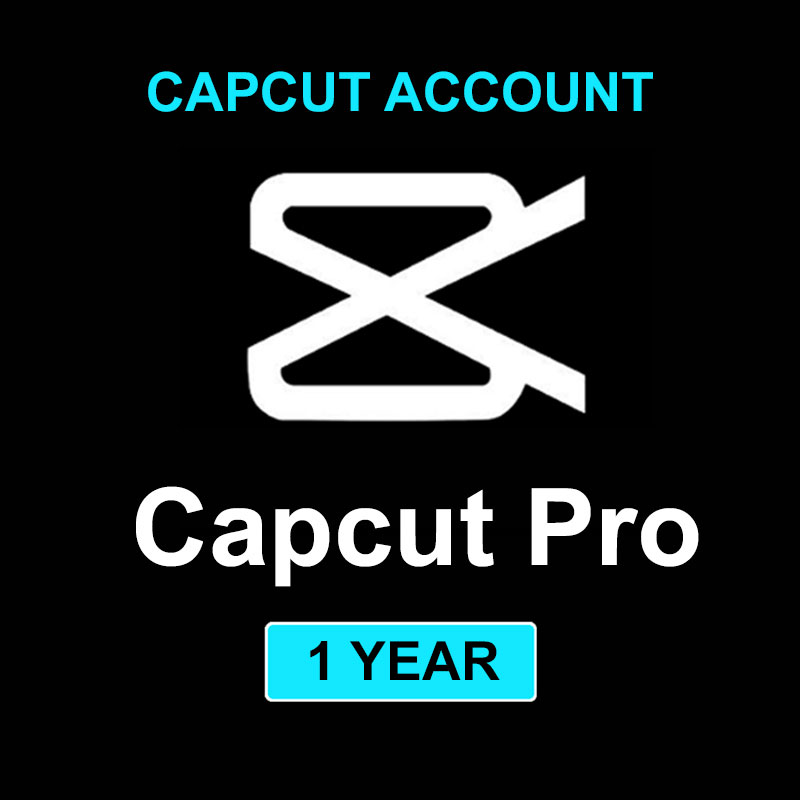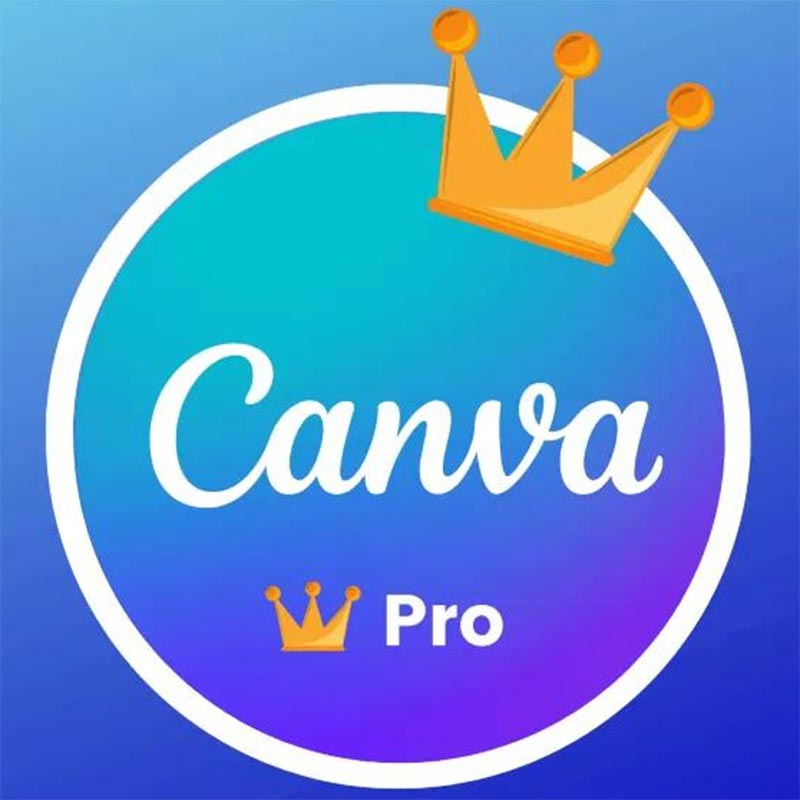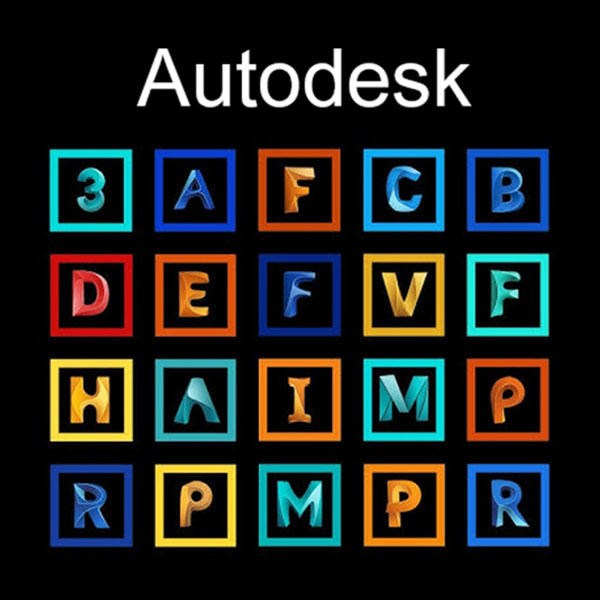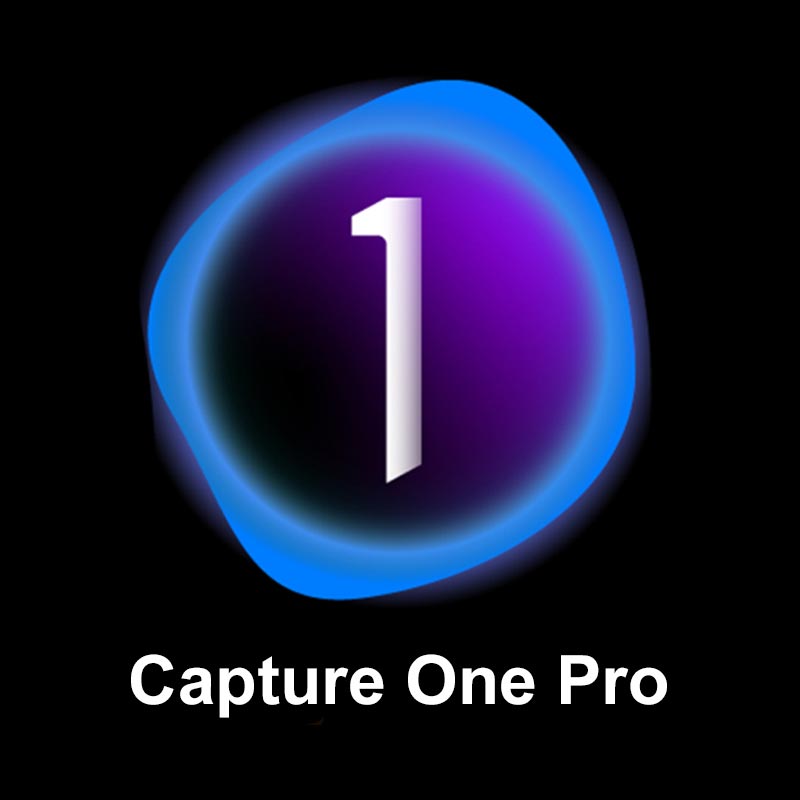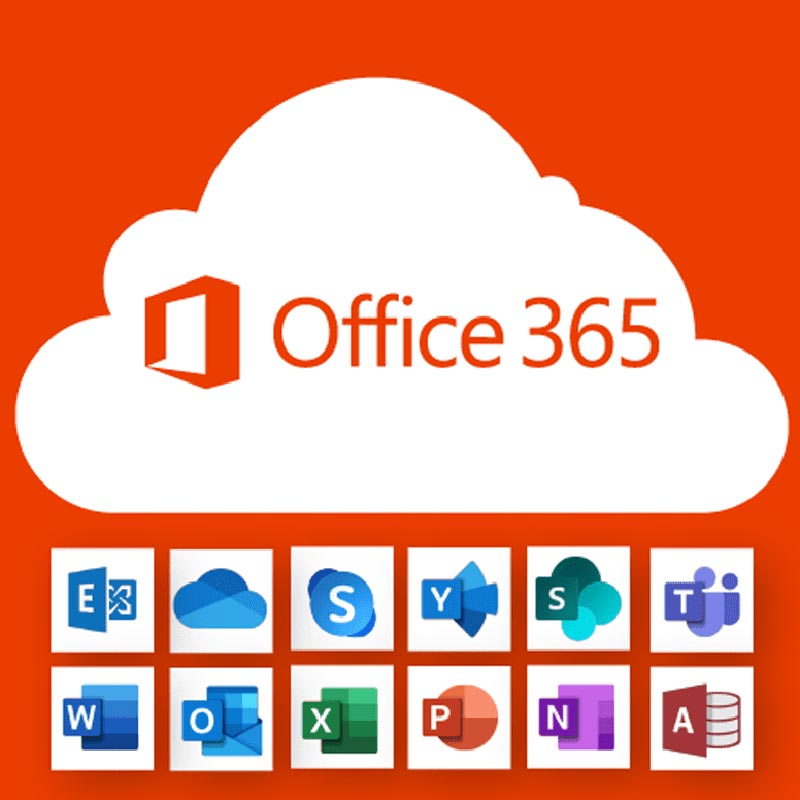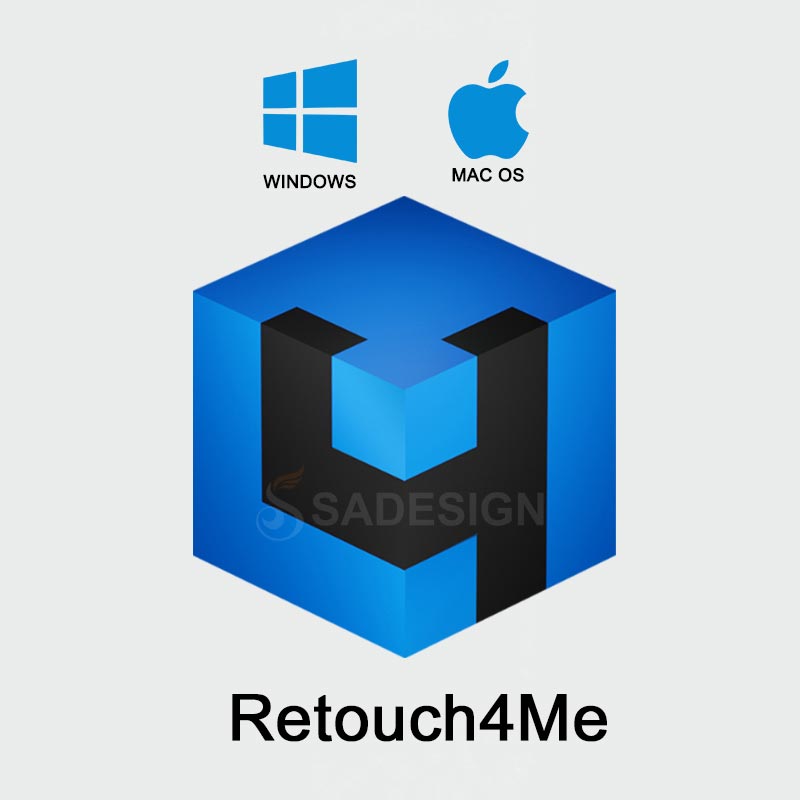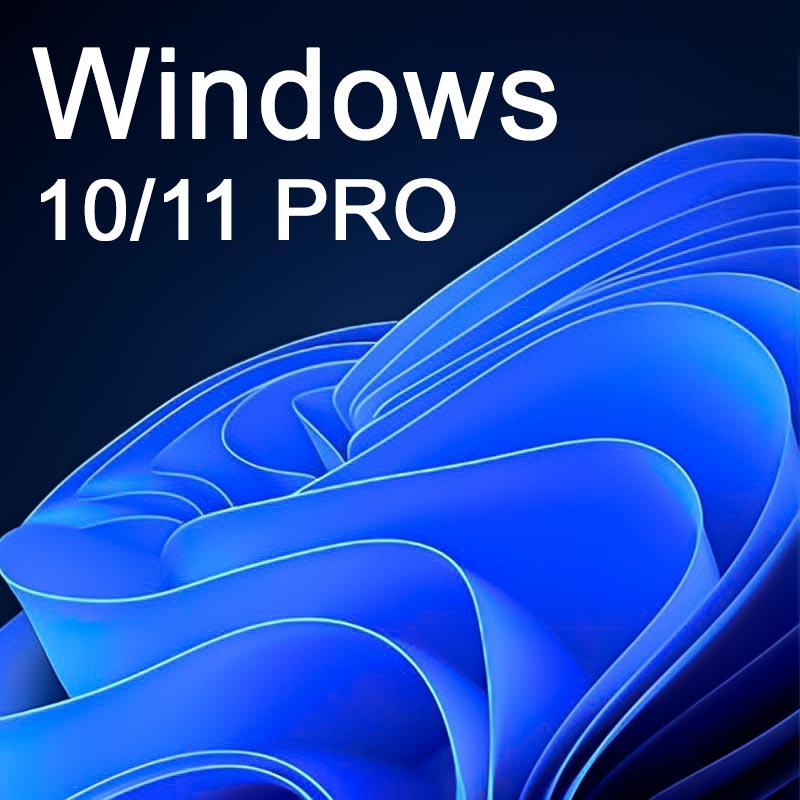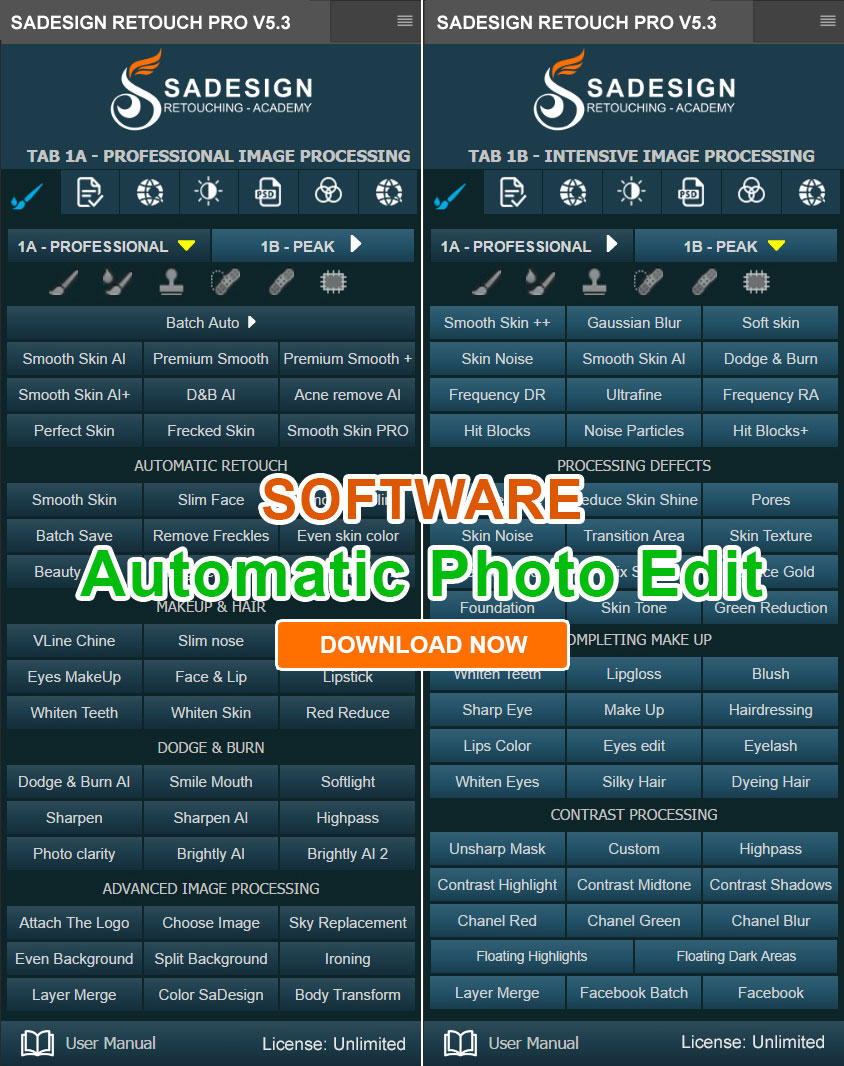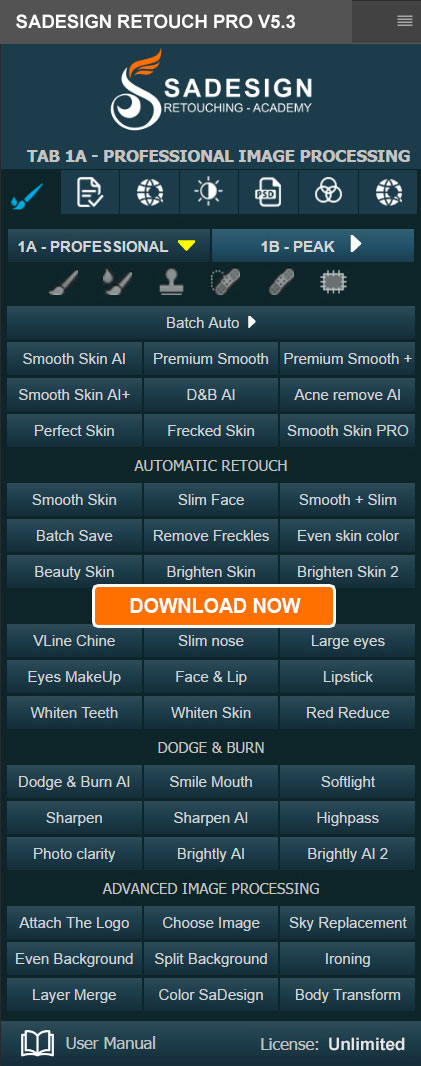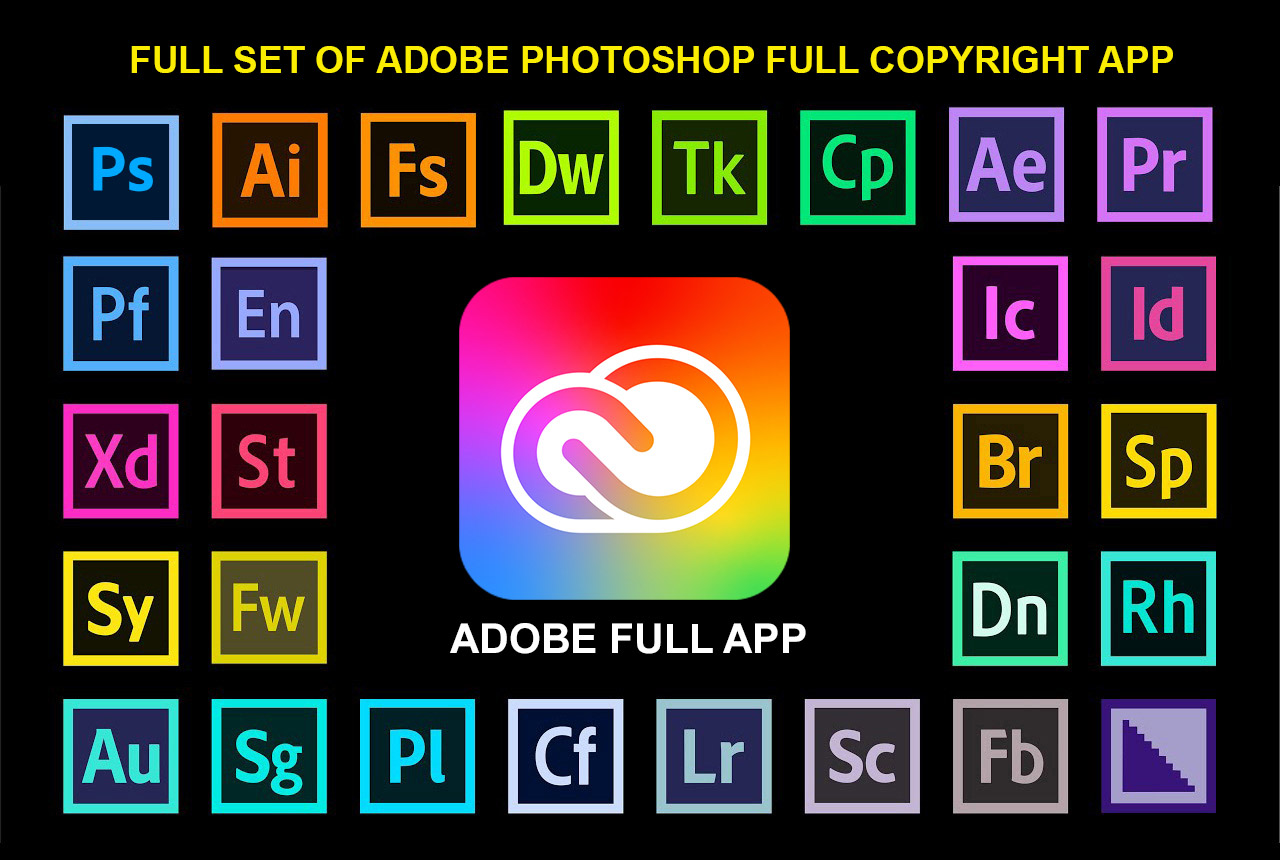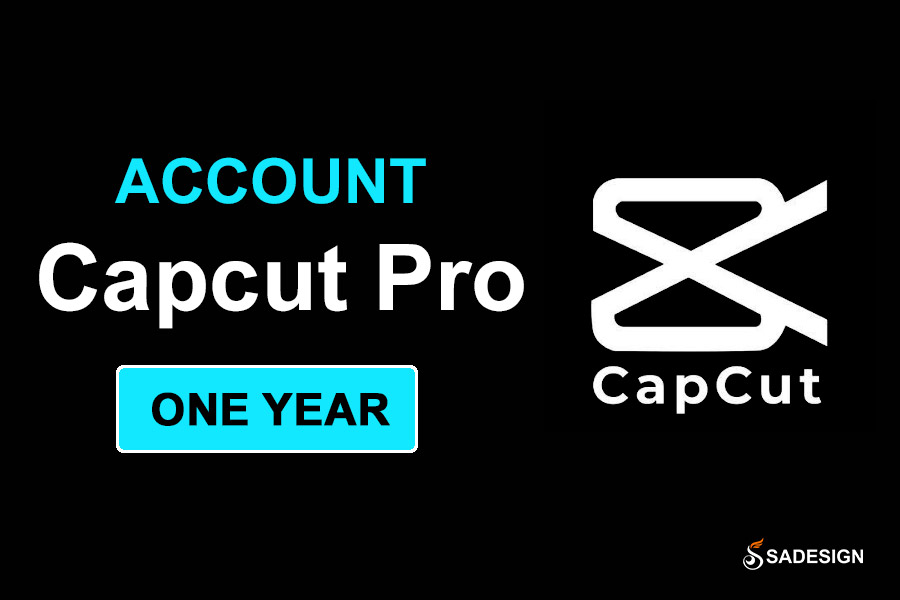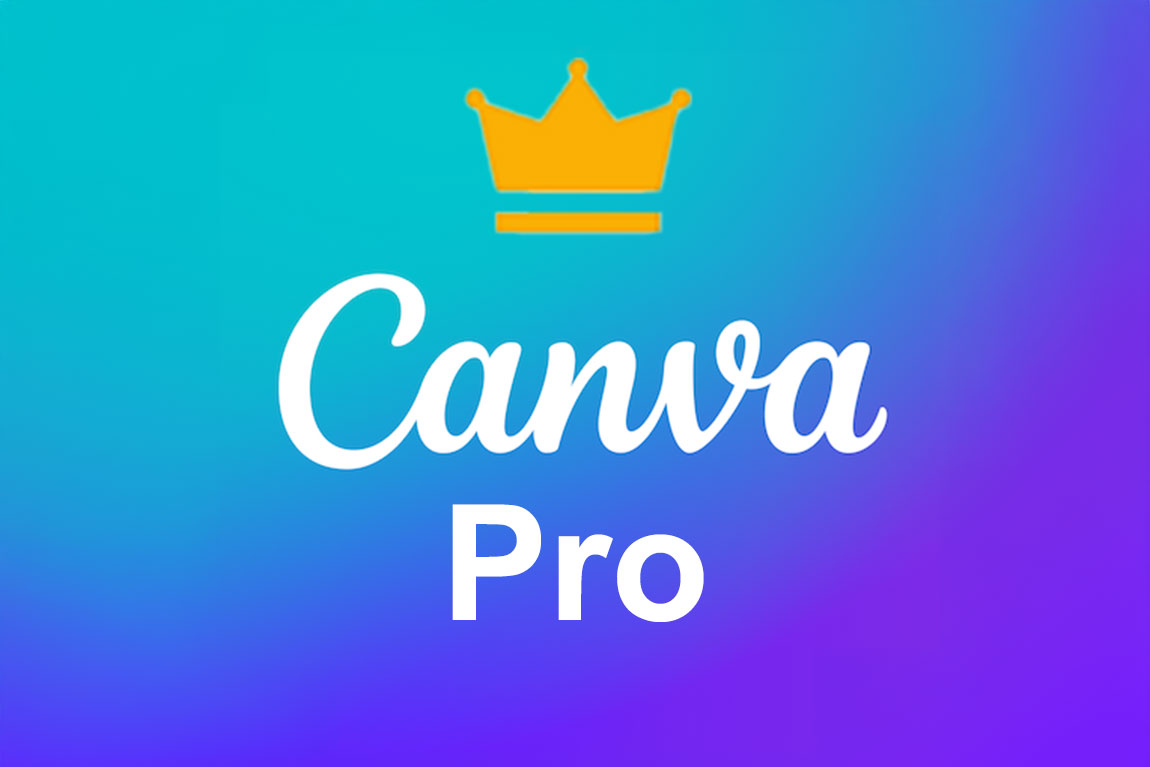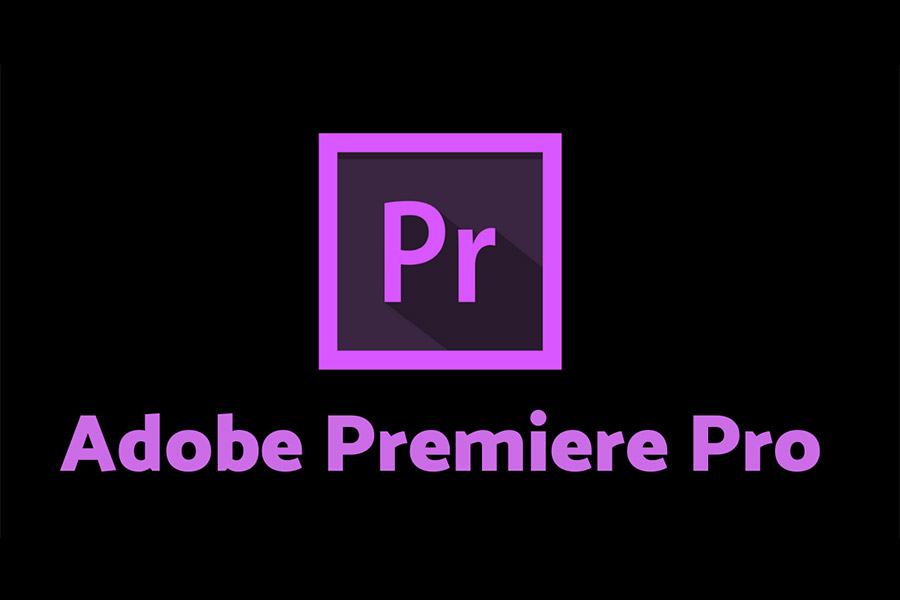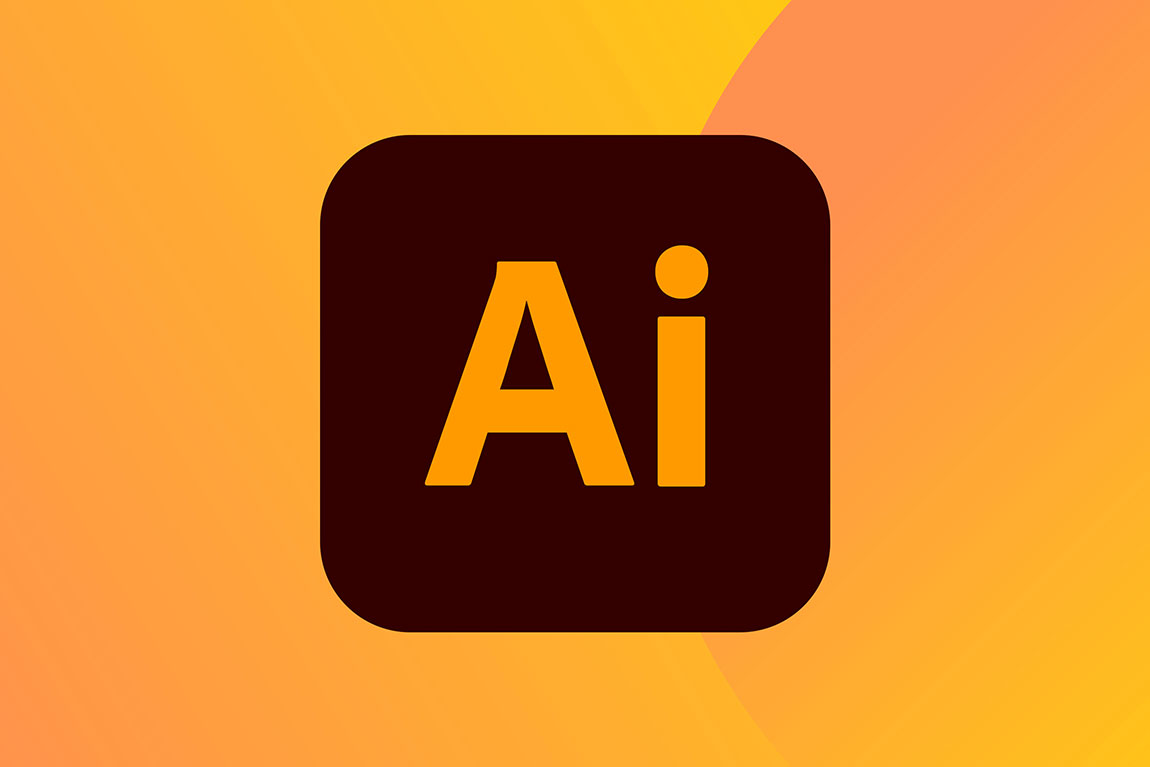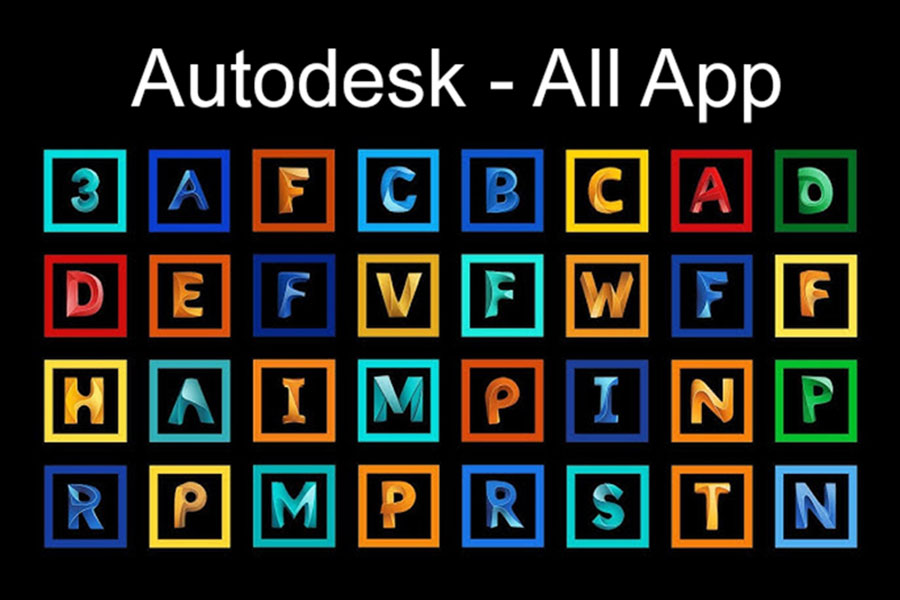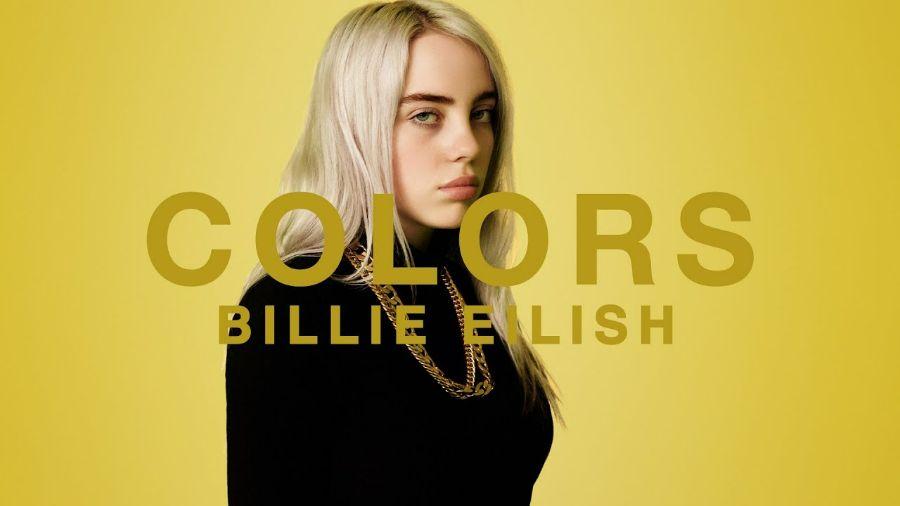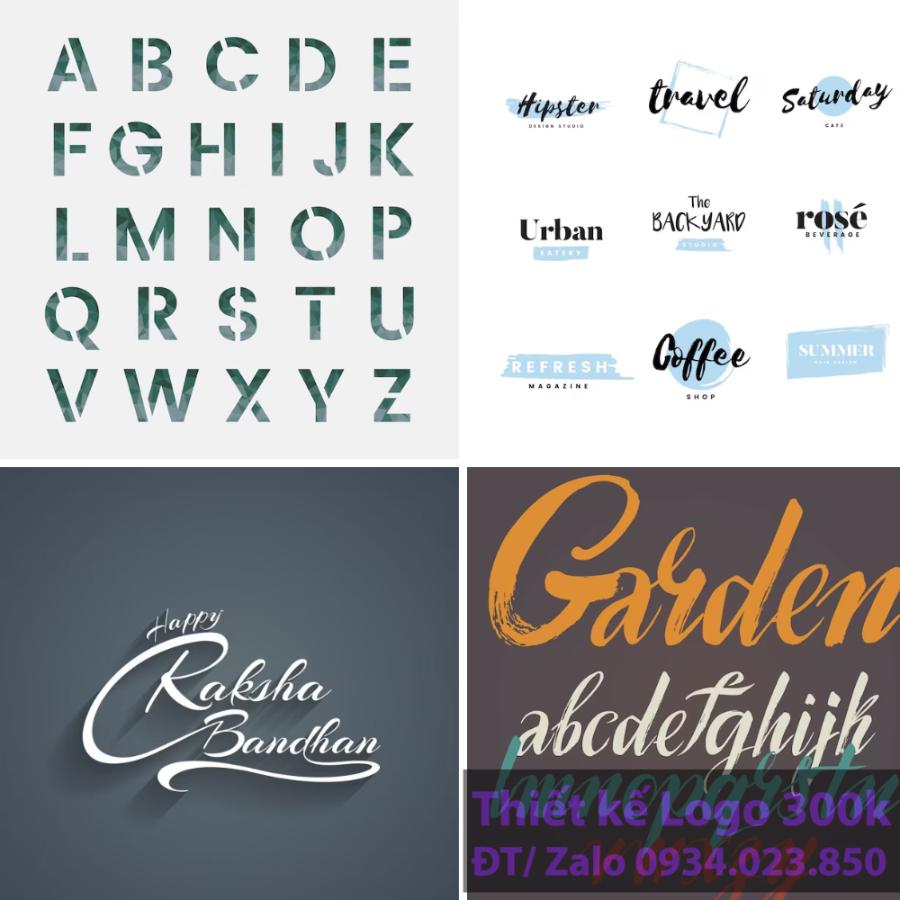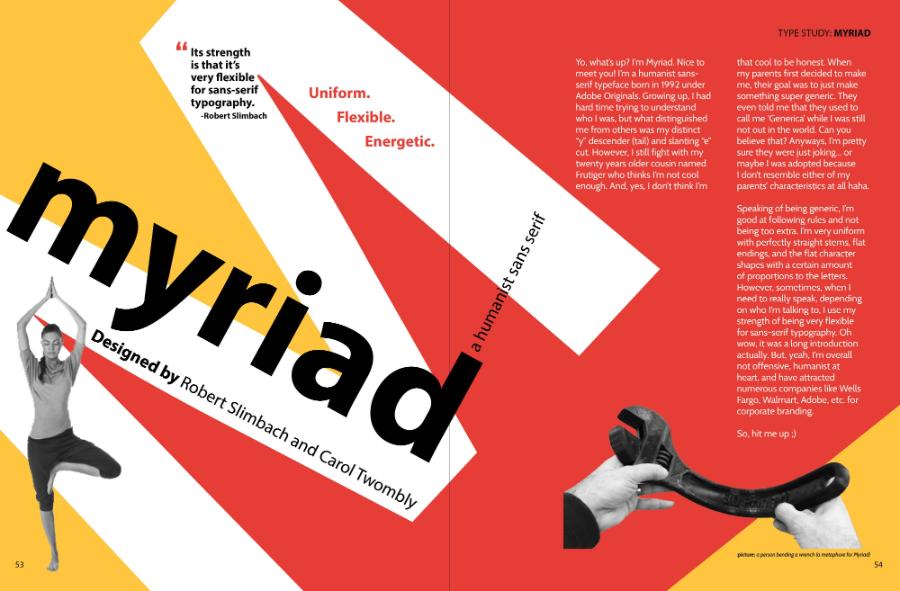Best Selling Products
Explore the role of Art Director and the difference with Creative Director
Nội dung
- 1.Who is an Art Director in the creative industry?
- 2.What does an Art Director do?
- 2.1. Build visual direction for the project
- 2.2. Coordinate design and production teams
- 2.3. Convey creative ideas into concrete images
- 2.4. Review product images before publishing
- 3. Skills needed to become a professional Art Director
- 3.1. Sharp visual thinking skills
- 3.2. Ability to manage and lead a team
- 3.3. Communication skills – an indispensable factor
- 3.4. Proficiency in design tools
- 3.5. Decision making and problem solving skills
- 4. Distinguishing Art Director and Creative Director
- 5. Art Director's working environment
- 5.1. In the advertising industry
- 5.2. Art Director in graphic design and branding
- 5.3 Art Director in the fashion industry
- 5.3 In the publishing and press industry
- 5.4. In cinema and television
- 5.5. In UI/UX design or Game Design
- 6. Career opportunities and development path
- 6.1. From Designer to Art Director
- 6.2. Are education and degrees important?
- 6.3. International expansion opportunities
- 7. The Future of the Art Director Role in the Digital Age
- 7.1 AI and Automation in Design
- 7.2 Platform Diversification
- 7.3 The Role of the Visual Storyteller
- 8. How much does an Art Director earn?
- 9. Conclusion
Learn more about Art Director: roles, skills, career opportunities and the difference between Art Director and Creative Director in the creative industry

Art Director is one of the important and influential positions in the creative industry. Not only does it play a role in shaping the visual style, Art Director is also the bridge between ideas and actual products. However, many people still easily confuse this position with Creative Director. The following article by sadesign will help you understand in depth the role, tasks, and skills required of an Art Director. At the same time, clearly distinguish between Art Director and Creative Director - two seemingly similar titles but with different responsibilities.
1.Who is an Art Director in the creative industry?
In the creative industry, an Art Director is a key position that plays a vital role in shaping and realizing ideas into visual products. They are the person directly responsible for the entire visual aspect of a creative project, from the initial ideation stage to overseeing the final implementation process.
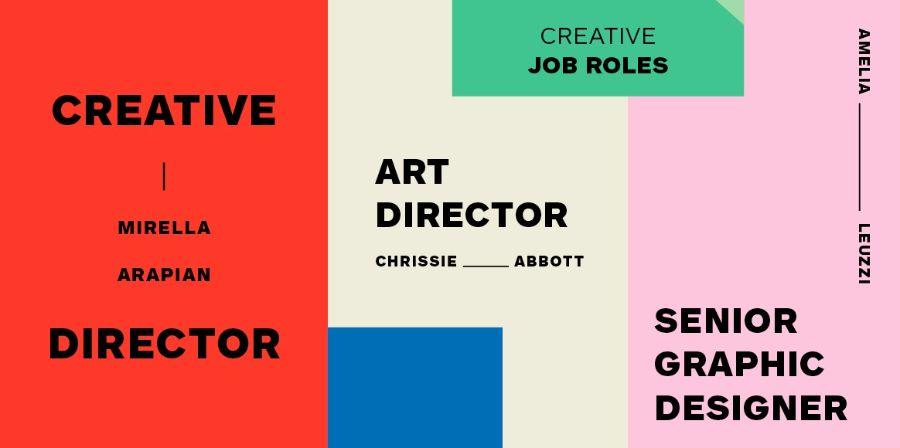
An Art Director is more than just a good designer; they are a visionary who defines the overall visual style. They lead a design team (including graphic designers, illustrators, photographers, videographers, etc.), ensuring that all visual elements are aesthetically consistent and convey the right message throughout the entire project. From font choices, color palettes, layouts, to photography and videography styles, every decision an Art Director makes is aimed at creating a product that is not only beautiful but also effective in communicating and impressing.
Although often associated with advertising and communications, the role of Art Director actually extends to many other areas. You can find talented Art Directors in film (setting, costumes, lighting), fashion (lookbook shoots, advertising campaigns), publishing (book covers, magazine layouts), gaming (creating game worlds, characters, interfaces), and even product design (packaging, user experience).
No matter how different the working environment, the biggest common factor and core element of an Art Director is the unique ability to "transform" abstract ideas into vivid, inspiring and consistent images. They are the bridge between strategy and visual expression, ensuring that every message is conveyed in the most powerful and aesthetically pleasing way.
2.What does an Art Director do?
The Art Director is primarily responsible for directing and managing all visual and aesthetic aspects of a project, including graphic design, imagery, color, and overall style. Their job duties include:
2.1. Build visual direction for the project
The Art Director is responsible for defining the visual direction for an entire campaign or product. From color choices, typography, layout to illustration or photography style, everything needs to follow a visual logic set by the Art Director.
2.2. Coordinate design and production teams
As the leader of the visual department, the Art Director works directly with designers, photographers, stylists, motion artists... They play a role in guiding, reviewing and supporting the design team to achieve the image quality that meets the project's requirements.
2.3. Convey creative ideas into concrete images
Unlike designers who focus on each small part of the product, Art Directors need to have a holistic view to turn an abstract idea into a visual, attractive and accessible product for the target audience.
2.4. Review product images before publishing
The Art Director does not directly create every detail, but is the person who decides whether the final product meets quality requirements. They ensure that each visual element follows the direction, does not deviate from the message or the aesthetic tone.
3. Skills needed to become a professional Art Director
To become a professional Art Director, you need to possess a range of important skills, including outstanding creativity, a keen sense of aesthetics and the ability to effectively lead a team.
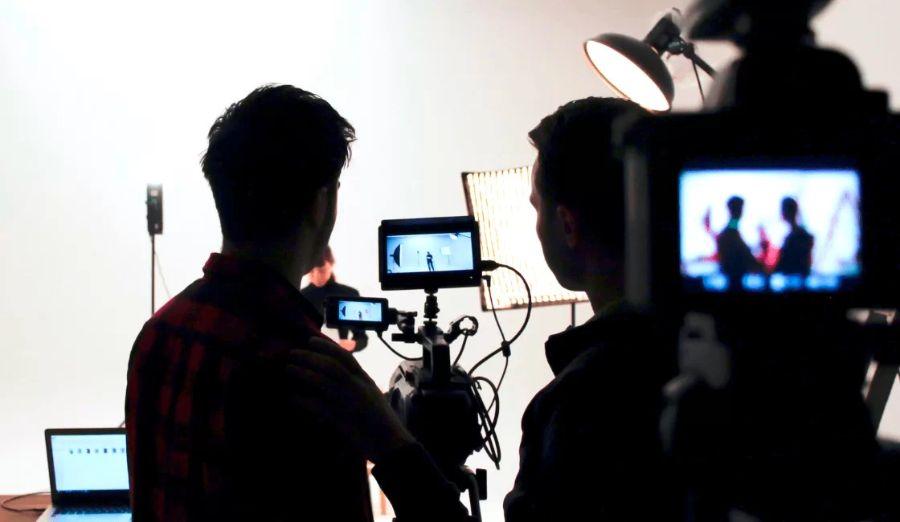
3.1. Sharp visual thinking skills
Art Directors not only need to have good aesthetic taste, but also have the ability to associate and analyze images to choose the right direction for each project. Visual thinking must be quick and flexible with many different styles.
3.2. Ability to manage and lead a team
A good Art Director needs to be able to coordinate a team, motivate and direct the work of members. Leadership skills help them create a strong professional and creative team.
3.3. Communication skills – an indispensable factor
Art Directors are the bridge between ideas and reality. They need to communicate effectively with Creative Directors, clients, as well as other departments such as copywriters, accounts or producers. Strong communication skills will help Art Directors accurately convey messages and desires to the entire team.
3.4. Proficiency in design tools
Although they don't need to directly execute every design, Art Directors still need to be proficient in software such as Adobe Photoshop, Illustrator, InDesign or After Effects... to be able to evaluate products and support the team when needed.
3.5. Decision making and problem solving skills
There will always be situations that require quick and decisive action – such as tight deadlines, client requests for changes, or technical issues. Art Directors need to be able to react quickly, maintain aesthetic direction without sacrificing product quality.
4. Distinguishing Art Director and Creative Director
Although these two titles are often confused, Art Director and Creative Director actually take on different roles in the creative chain.
1. About position in the creative system
-
The Creative Director typically heads the creative department, responsible for overall creative strategy, shaping big ideas, and liaising with clients or the board of directors.
-
The Art Director works under the Creative Director (in the usual structure), focusing on developing visual elements, ensuring they are consistent with the overall creative strategy.
2. About the scope of work
-
Creative Director covers all creative elements such as content, images, communication tone, video script...
-
Art Director is responsible for the visual part, from composition, color, layout, to art style of the product.
3. On the decision-making role
-
Creative Director is the person who proposes the creative direction, gives the main concept, and guides the entire campaign.
-
The Art Director realizes that concept with specific and detailed visual solutions.
4. About key skills
-
Creative Directors need strategic skills, big-picture thinking, multi-channel management and high-level idea communication.
-
Art Director needs a refined aesthetic sense, image management skills, and the ability to analyze and convey ideas visually.
5. Art Director's working environment
The Art Director’s work environment is often highly creative and requires flexibility in coordinating with other departments such as design, marketing, production and customers. Specifically, each industry is as follows:
5.1. In the advertising industry
In the advertising industry, Art Director is an important factor in the process of building a visual communication campaign for a brand. They are responsible for guiding the overall visual style for the entire advertising campaign, from TVC, banner, OOH, POSM to digital products such as social media posts, motion graphics, landing pages.
Art Directors in this area are more than just “pretty artists.” They need to combine strategic thinking, visual storytelling, and a keen eye for their target market. They work closely with copywriters to ensure that creative ideas are both compelling and visually consistent.
5.2. Art Director in graphic design and branding
In the graphic design and branding field, the Art Director acts as a comprehensive “visual architect”. They are responsible for shaping the entire brand identity system, from logo design, color, typography, application system to design usage guidelines.
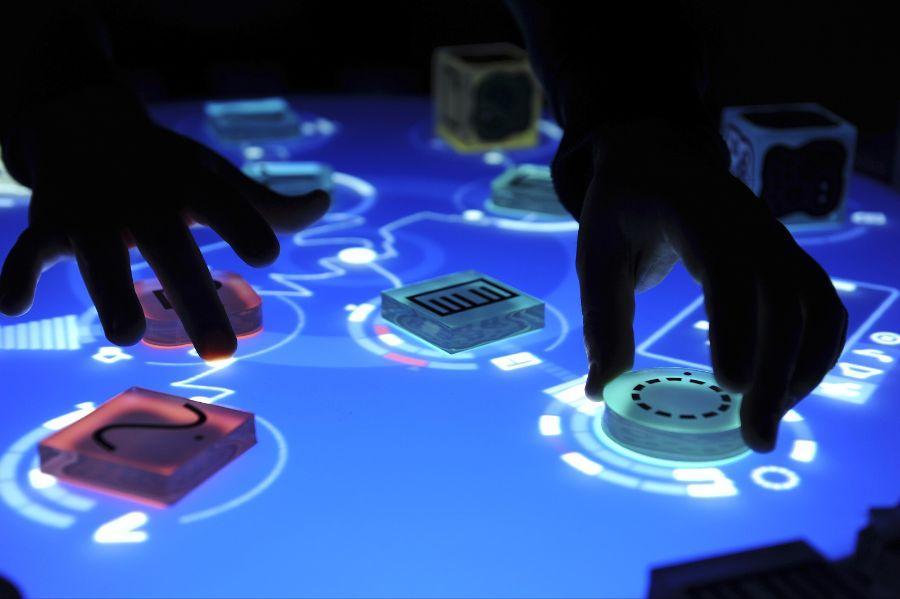
In addition, Art Directors also coordinate designers, illustrators, photographers and production houses to realize concepts in a neat and consistent manner. They need a deep understanding of design principles, user taste developments and market strategies.
5.3 Art Director in the fashion industry
In the fashion industry, the role of an Art Director is more about the overall visual style of a brand or collection. They direct the entire visual aspect, from the lookbook concept, lighting, photography style, video campaign to model selection, setting and styling.
Art Directors in fashion need to have a high aesthetic sense, a sensitivity to trends and the ability to connect emotions through images. They also participate closely in brainstorming sessions with fashion designers, stylists and photographers to create a unique and attractive concept.
5.3 In the publishing and press industry
Art Directors are responsible for the layout, imagery, and design style of magazines, books, and newspapers. This role requires a strong sense of aesthetics and the ability to adapt to a variety of styles and subject matter.
5.4. In cinema and television
In this field, the Art Director works under the direction of the Production Designer, responsible for setting up the scene, images, and props to match the film's tone or script content.
5.5. In UI/UX design or Game Design
Art Directors are responsible for creating the entire visual language for digital products: from interfaces, icons, colors, characters to backgrounds and animations. They work closely with developers, UX Designers and programmers to ensure that the product is both beautiful and optimizes the user experience.
This is an environment that requires a balance between art and strategy, where Art Directors must not only have a good understanding of design trends but also the ability to manage time, teams and resources. They often work in advertising agencies, creative studios, or media organizations where deadlines and product quality are always at the forefront. However, this environment also provides opportunities for Art Directors to demonstrate their talent, creative thinking and contribute greatly to the success of the project.
6. Career opportunities and development path
Career opportunities and development paths play an important role in building a sustainable and successful career. Clearly defining career goals, constantly improving professional and soft skills, along with seizing learning and advancement opportunities, will help individuals make steady progress in their careers.
6.1. From Designer to Art Director
Typically, an Art Director’s career path starts with positions such as Graphic Designer, Visual Designer or Motion Designer. After several years of working and gaining experience managing small projects, they can advance to the position of Senior Designer, Team Lead and then Art Director.
6.2. Are education and degrees important?
While a degree is not a prerequisite, graduating from a major such as Graphic Design, Visual Arts, Multimedia or Industrial Arts will provide a good foundation to start with. More important are your personal portfolio, practical skills and the ability to lead a team.
6.3. International expansion opportunities
Art Director is a highly global profession. With good qualifications, stable English skills and an impressive portfolio, you can apply for jobs at foreign companies, or work as a freelancer for many different markets.
7. The Future of the Art Director Role in the Digital Age
With the constant development of technology and the rise of AI, the role of Art Director is also undergoing significant changes.
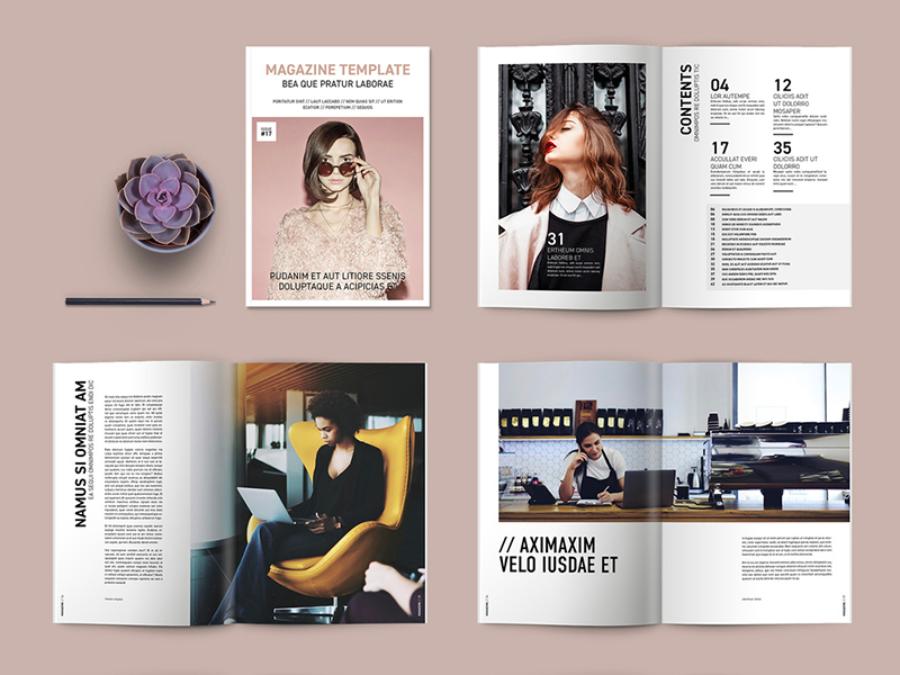
7.1 AI and Automation in Design
AI tools are becoming increasingly sophisticated, capable of generating layouts, color palettes, and even original images. This can help Art Directors optimize their workflows , reduce repetitive tasks, and focus more on the strategic and creative aspects. However, AI cannot completely replace the creative thinking, artistic direction, and emotional sensitivity of humans – the core elements of an Art Director.
7.2 Platform Diversification
With the explosion of digital platforms (social media, metaverse, VR/AR), Art Directors need to have the knowledge and experience to create visual products that fit each environment. They work not only with still images but also with video, animation, interactive experiences and emerging formats. This requires them to constantly learn and adapt.
7.3 The Role of the Visual Storyteller
In an information-saturated world, visual storytelling is more important than ever. Art Directors will play an increasingly important role in crafting compelling visual stories, creating immersive experiences and connecting emotionally with audiences. They will not only create beautiful images but also create emotions and experiences through visual art.
8. How much does an Art Director earn?
In Vietnam, Art Director salaries vary widely based on experience and working environment:
-
For Art Directors with 3–5 years of experience: Average salary ranges from 25–50 million VND/month. This is the stage where Art Directors have enough expertise and experience to take on larger projects, and begin to demonstrate leadership ability.
-
For those who have worked for a long time, with 5-10 years of experience or more: Especially if working at large advertising agencies, multinational companies or international corporations, income can reach 60-100 million VND/month. These positions require not only creative talent but also the ability to manage complex projects, work with large clients and lead experienced teams.
-
Higher-level positions: If the Art Director holds dual roles such as Head of Art or Associate Creative Director, the salary can be even higher, exceeding VND100 million/month at top companies. These roles require a deep strategic vision and the ability to contribute to the overall creative direction of the company.
9. Conclusion
Art Director is a key position in the creative ecosystem. They are not only the creators of beauty, but also the quality controllers and keep the ideas on the right visual track. The difference between Art Director and Creative Director is not in the title, but in the scope of thinking and responsibility. If you love beauty, have good visual thinking and want to develop leadership skills in the creative industry, Art Director is one of the career paths worth pursuing
